If 2020 taught us anything, it’s the value of looking for silver linings. Perhaps the best example of light emerging from the darkness is the way wildlife around the globe has been able to adapt, cope, and even thrive as confusion and uncertainty reign supreme in the human world. While issues like poaching and the dependency of conservation on tourism remain very real issues in the world of wildlife, there is also a lot of great news to celebrate from this year. From greater scrutiny of the wildlife trade to giving animals a brief respite from human activities, these are the top wildlife wins in 2020.
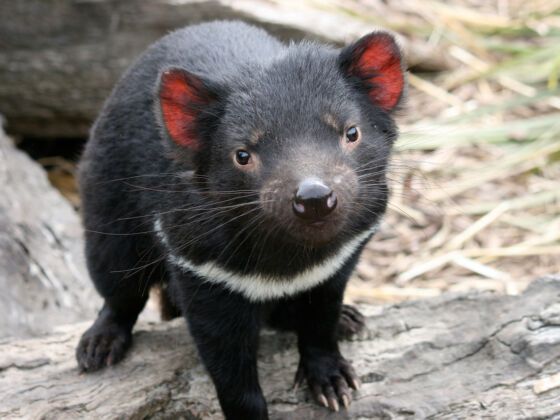

9 Ways That 2020 Was Actually a Great Year for Wildlife
1. Koala populations increased
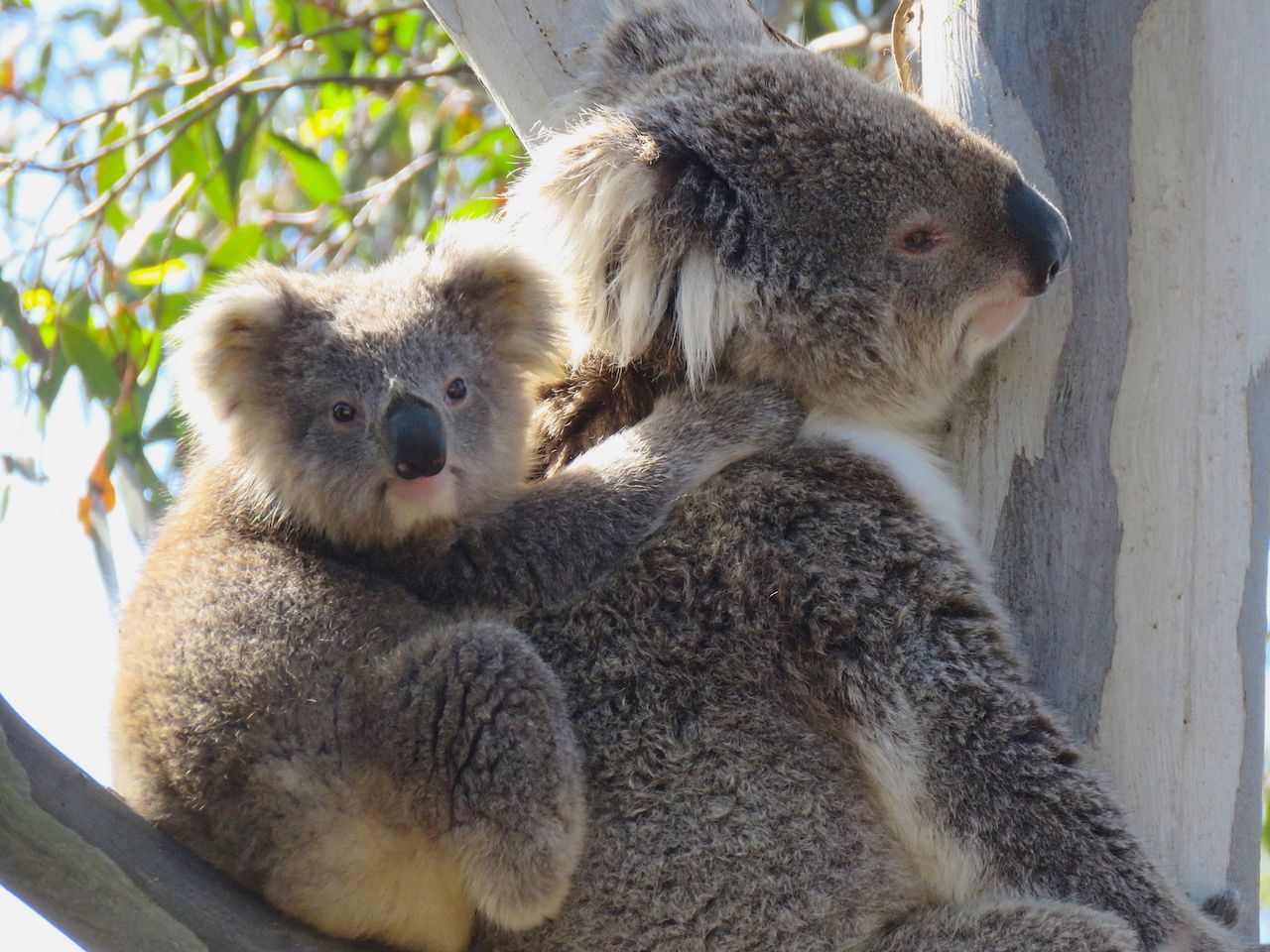
Photo: Ali Wunderman
The Australian bushfires kicked off the dumpster fire that is 2020, but the pandemic followed so closely on their heels that we hardly had time to check in once the fires subsided. Despite wombats’ heroic efforts to shelter other species, the fires destroyed huge swathes of koala habitat, threatening them with extinction in some parts of the country.
Fortunately, despite these challenges, koalas seem to have come out on top. “2020 in the You Yangs, near Melbourne, has been a great year for koalas. Things are looking up,” says Janine Duffy of Echidna Walkabout Tours and the Koala Clancy Foundation. “The wild koala research population in the You Yangs has four beautiful joeys (baby koalas), all born between January and March 2020.” Plus, throughout the year, the foundation was able to plant 9,000 koala trees in ideal koala habitats, which the joeys can move into when they become adults. If that wasn’t inspiring enough, the joeys are also beyond adorable.
“Waa is always hungry, very cheeky and mischievous; Lara is shy; Kallama is beautiful and brave and has already left her mother’s tree; Balyang is every bit the king-in-making: son of the dominant male, big and confident,” says Duffy.
2. Colorado voted to bring gray wolves back to the state
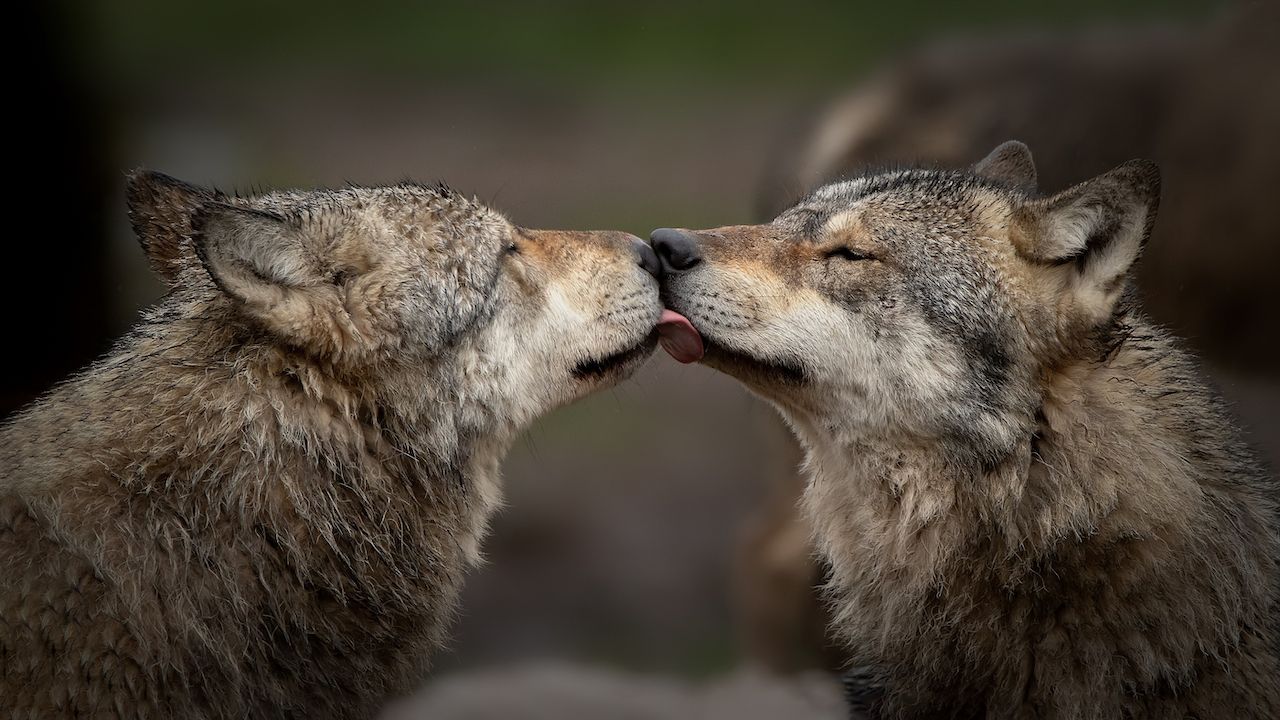
Photo: Pat-s pictures/Shutterstock
Gray wolves, once a nearly ubiquitous species found in the United States, have all but disappeared from the country. A ballot measure in the November election aims to reintroduce the apex predator back to Colorado, and it narrowly won. In the context of the Trump administration actively removing protections for the animal, this victory in Colorado will give gray wolves a fighting chance to reclaim their territory. This reintroduction could help even out the ecosystems that evolved with wolves as part of the equation, stabilizing populations and culling sick ungulates. Perhaps the most exciting prospect for some is the sheer amount of money that wolf tourism can bring, especially relative to the low numbers of livestock they kill. All in all, this is a great step in the right direction for a misunderstood species.
3. California’s new Wildlife Defense Network saves a record number of wildfire-stricken animals

Photo: Tory Kallman/Shutterstock
It’s hard to say that anything good came from California’s devastating wildfires, but wildlife may have a different perspective, thanks to the newly implemented Wildlife Defense Network (WDN). Climate change has redefined the fires as a very unnatural disaster, and because of the human impact, wildlife is at a loss to deal with them properly. Fortunately, UC Davis and the California Department of Fish and Wildlife teamed up to incorporate wild animals into the state’s disaster response and successfully rescued a record number of animals from fire-induced suffering. By creating a network of animal caregivers to physically retrieve and then treat affected animals, species like black bears, mountain lions, and foxes can now avoid months of suffering following wildfire-related injury. And through the innovation of WDN’s Dr. Jamie Peyton, who pioneered a way to treat burns with tilapia skin, these animals can recover faster than ever before.
4. The pandemic gave wildlife a moment to recuperate

Photo: Chase Dekker/Shutterstock
In the early days of the pandemic, which somehow feel almost wistfully nostalgic at this point, reports of wildlife thriving amid a global quarantine became regular news to the point of a meme circulating about humanity being the actual virus. Claims of birds singing louder and expanding their territories while car accidents involving animals decreased by 58 percent, thanks to road traffic going down. While some stories, like dolphins returning to Venice’s canals, were nothing more than fantasy, around the globe people shared anecdotes of seeing wildlife actively exploring beyond their typical boundaries — proof that, in our absence, they can quickly thrive. Knowing that whales are going to be less stressed due to reduced sea traffic is as close to a true silver lining as this year can get.
5. The plight of captive big cats became a household topic

Photo: effective stock photos/Shutterstock
Locked indoors with naught but an incomplete puzzle and a Netflix account for entertainment, it’s no surprise that the outlandish documentary, Tiger King, became all anyone could talk about through March and April, so effective was it at distracting us from the pandemic. While the interpersonal, drug-fueled dramas did their job at entertaining, the actual stars of the show — the tigers and lions trapped in squalor by these same madmen — finally got the attention they deserve. Suddenly, the average American became aware of loose laws enabling ownership of exotic pets to the point where more tigers exist in captivity than in the wild. Taking photos with drugged up tigers became a social faux pas, and most importantly, owners of these roadside zoos faced legal repercussions for their heinous exploitation of wildlife.
6. Cher rescued an elephant
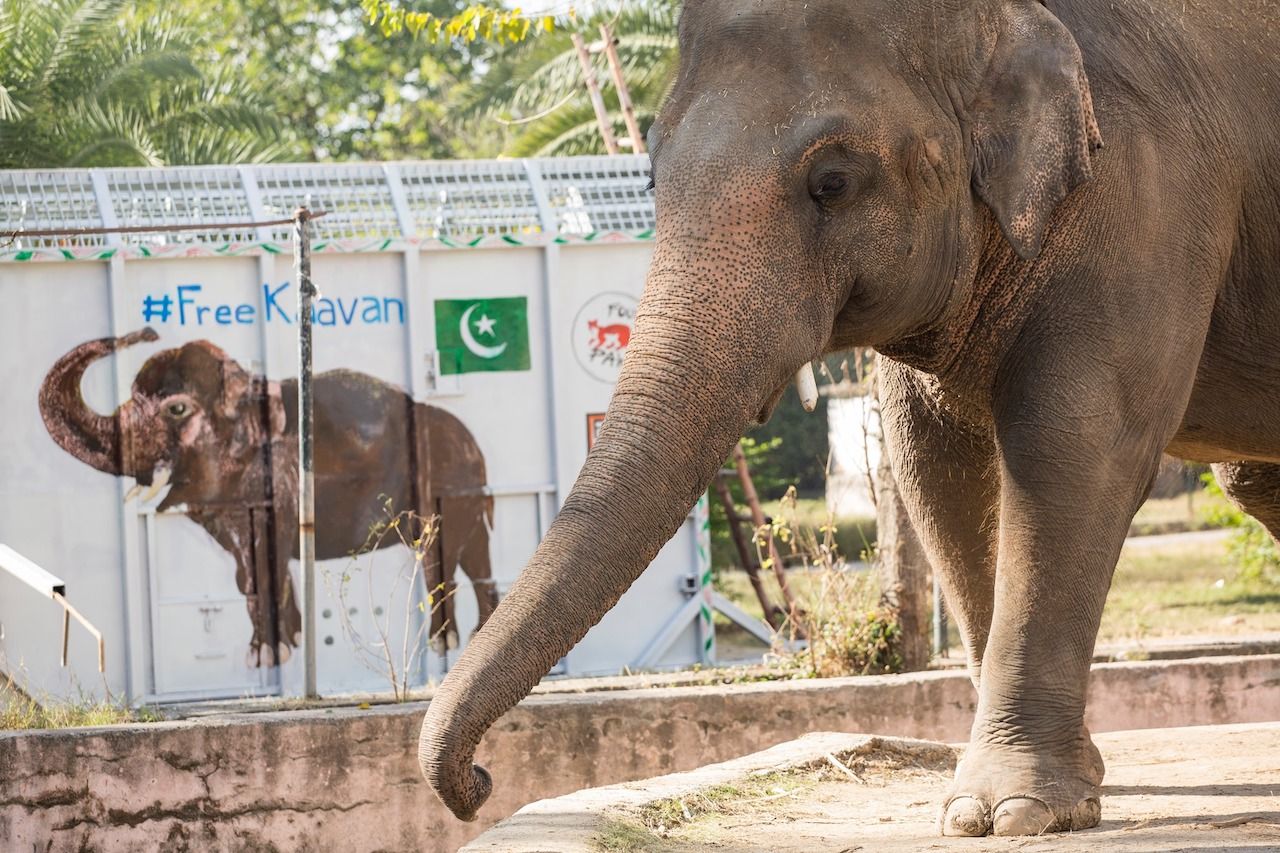
Photo: FOUR PAWS International/Facebook
The rescue of a single, lonely elephant may not seem like much in the scope of how tough these animals have it, but after three decades of living in miserable conditions, Kaavan’s rescue is exactly the kind of uplifting news we need. This story is proof that bad times do indeed end, and that with enough determination, wild animals can find respite from everything we put them through. To make matters more interesting, singer Cher was heavily involved in relocating the animal from a dingy zoo in Pakistan to an appropriate sanctuary in Cambodia, where the 35-year-old elephant will no longer have to suffer in isolation. Cher’s determination to make life better for Kaavan — first by singing to him, and then by facilitating his rescue — gives hope for other creatures looking forward to the day when they too experience freedom. (She’s now working on freeing a gorilla trapped in a Bangkok mall.)
7. The Pebble Mine project in Alaska is dead — for now
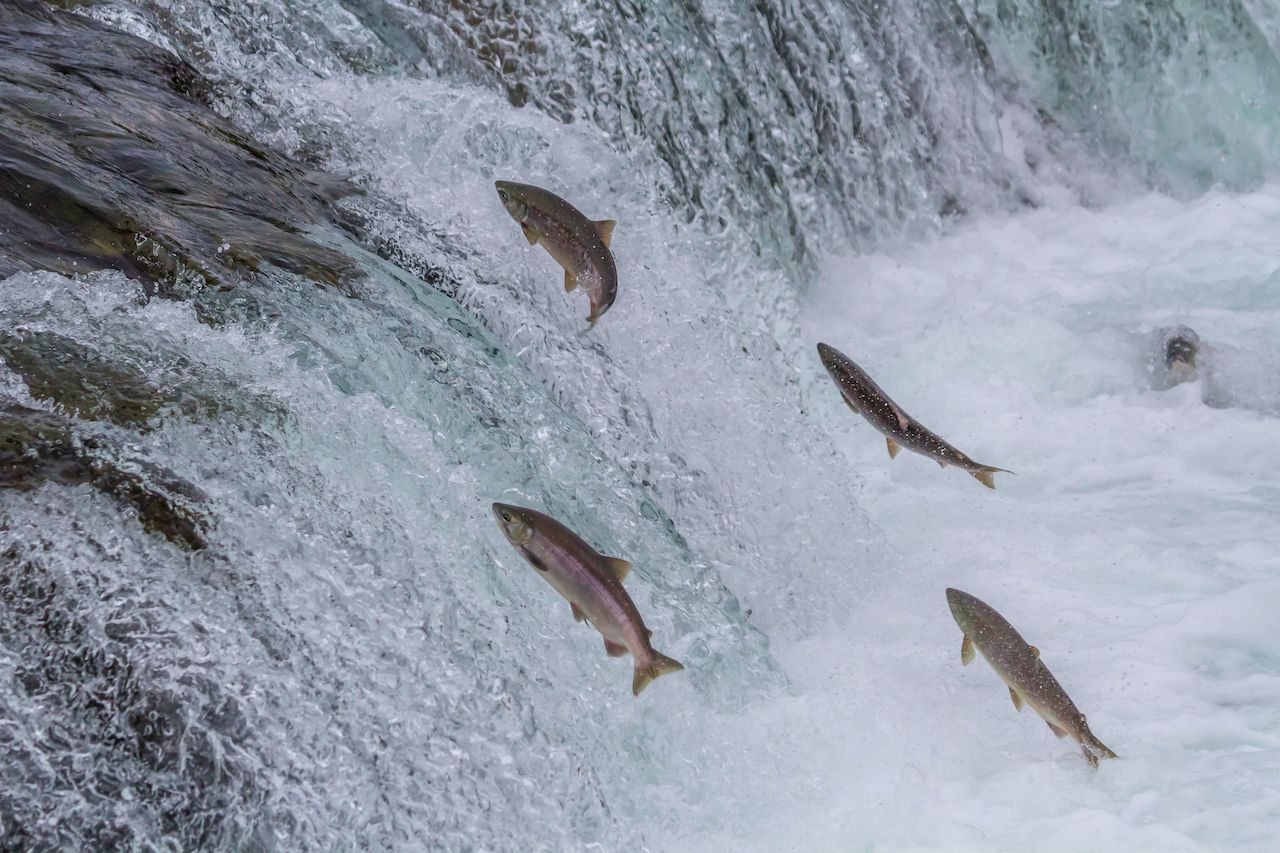
Photo: Sekar B/Shutterstock
It can be hard to keep track of the many ongoing projects designed to pillage the earth at the expense of the planet and its animals, but perhaps the most notorious was the proposed Pebble Mine in Alaska, which was set to devastate the habitat of brown bears, poison spawning areas for salmon, and destroy the home of more than 190 bird species. With so many other environmental crises going on, thanks to Trump’s decidedly anti-environmental federal administration, it was a challenge for Pebble Mine to get the attention it deserved, but the US Army Corps of Engineers came through in the end by denying a permit for developers to build it. For now, Alaska’s gold and copper stores will remain untapped underground, while the cherished Bristol Bay will remain wild and free.
8. Tasmanian devils returned to the Australian mainland
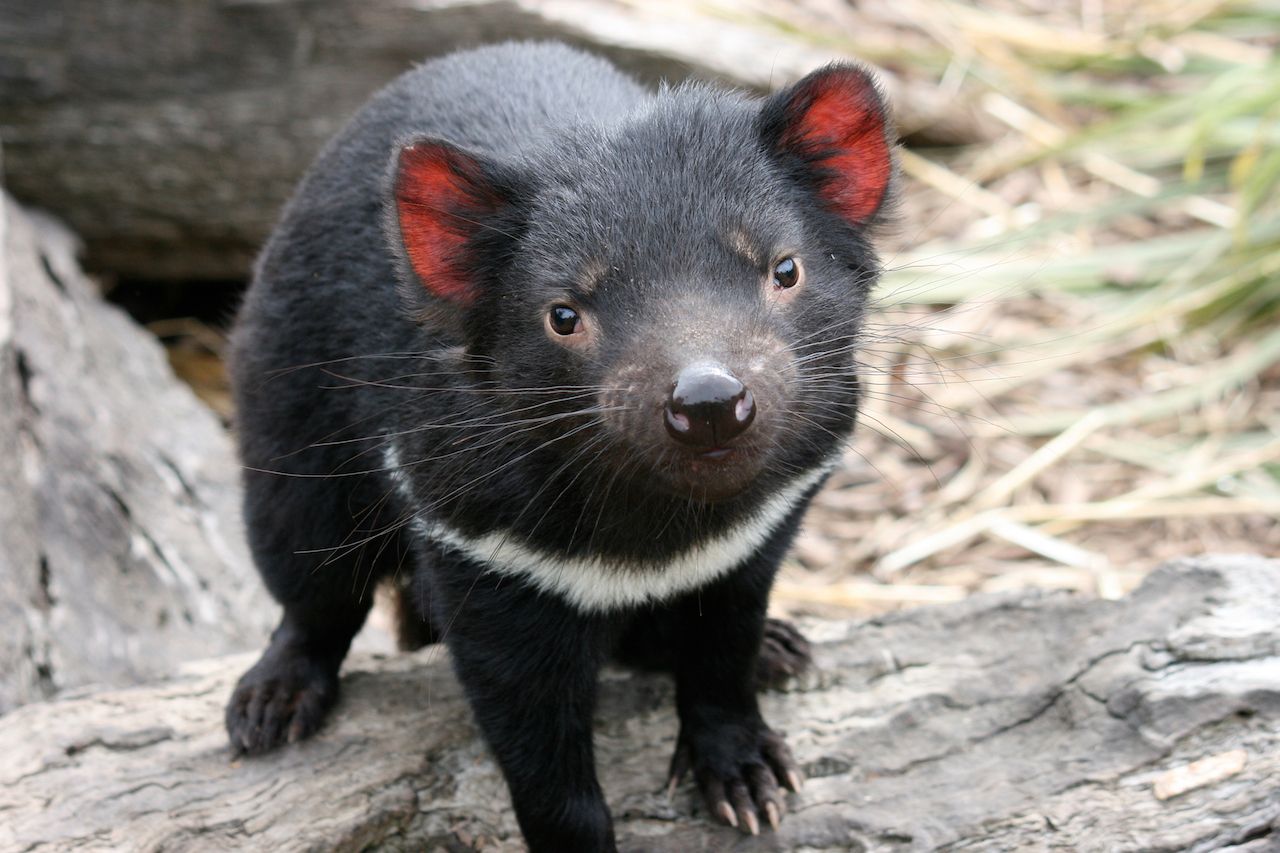
Photo: Tom Reeves Photo/Shutterstock
Though the name may be deceiving, Tasmanian devils did actually reside on the mainland of Australia. The misnomer comes from the fact that the last time they were seen there was some 3,000 years ago, long before modern taxonomy even began to exist. That’s why their reintroduction this year is so remarkable. In an attempt to rewild the continent, 26 Tasmanian devils are leading the way for their species in a 1,000 acre wildlife sanctuary, with help from actor Chris Hemsworth. Aussie Ark, the organization spearheading this project, will orchestrate two more releases in the near future, too.
“In 100 years, we are going to be looking back at this day as the day that set in motion the ecological restoration of an entire country,” says Tim Faulkner, Aussie Ark president. Who knew these little animals could have such a big impact?
9. Pangolins get a protection boost in China
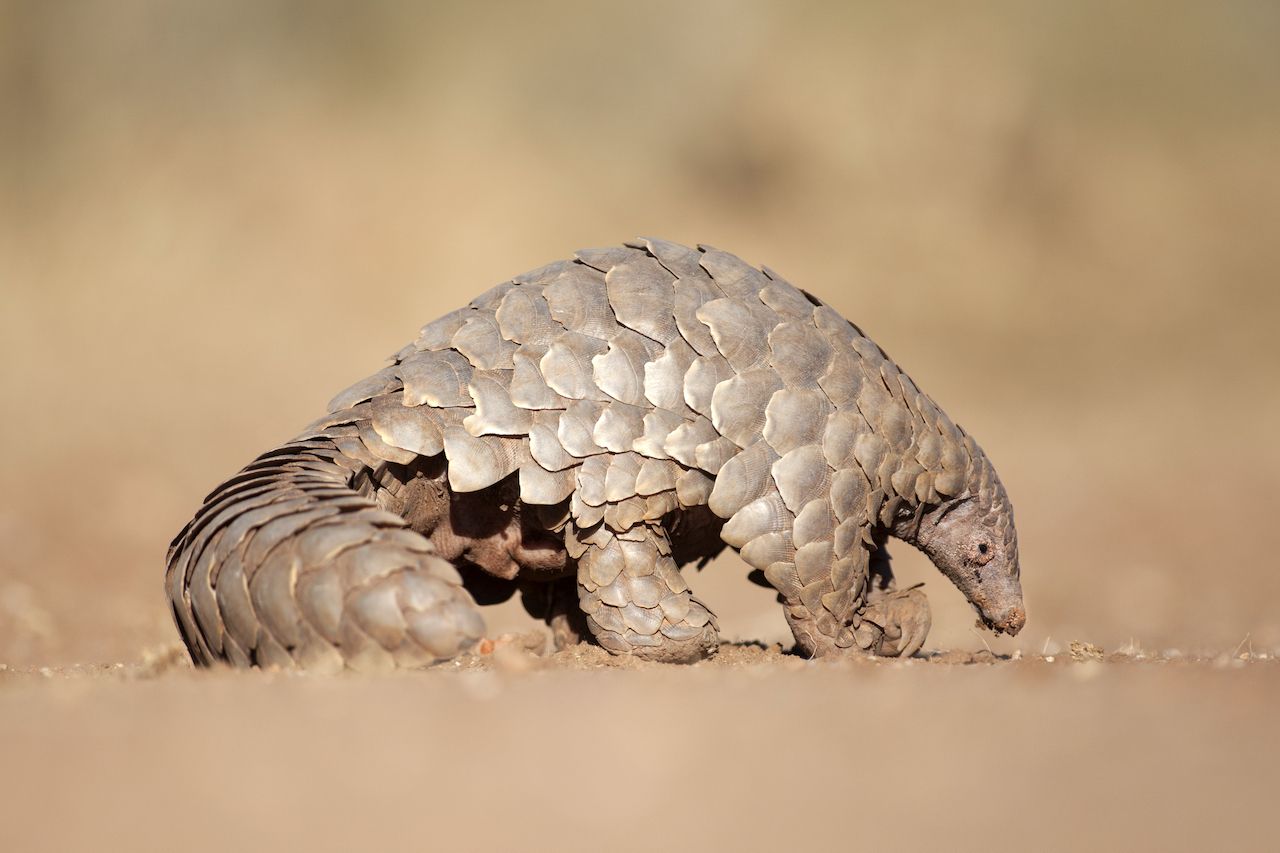
Photo: 2630ben/Shutterstock
The most trafficked animal in the world is the unassuming pangolin, prized in the Chinese traditional medicine market for its scales. This year, China made big steps to protect pangolins by recognizing they are more valuable alive than dead, making two key decisions to help end their suffering. First, in June, Beijing gave them the highest possible level of protection status under existing wildlife laws. After that, it removed pangolins from the approved list of traditional medicine ingredients. While it will take some time for these changes to take effect in terms of seeing a reduction in the number of trafficked pangolins, this is the start of a much-needed new direction for wildlife used as medicine.